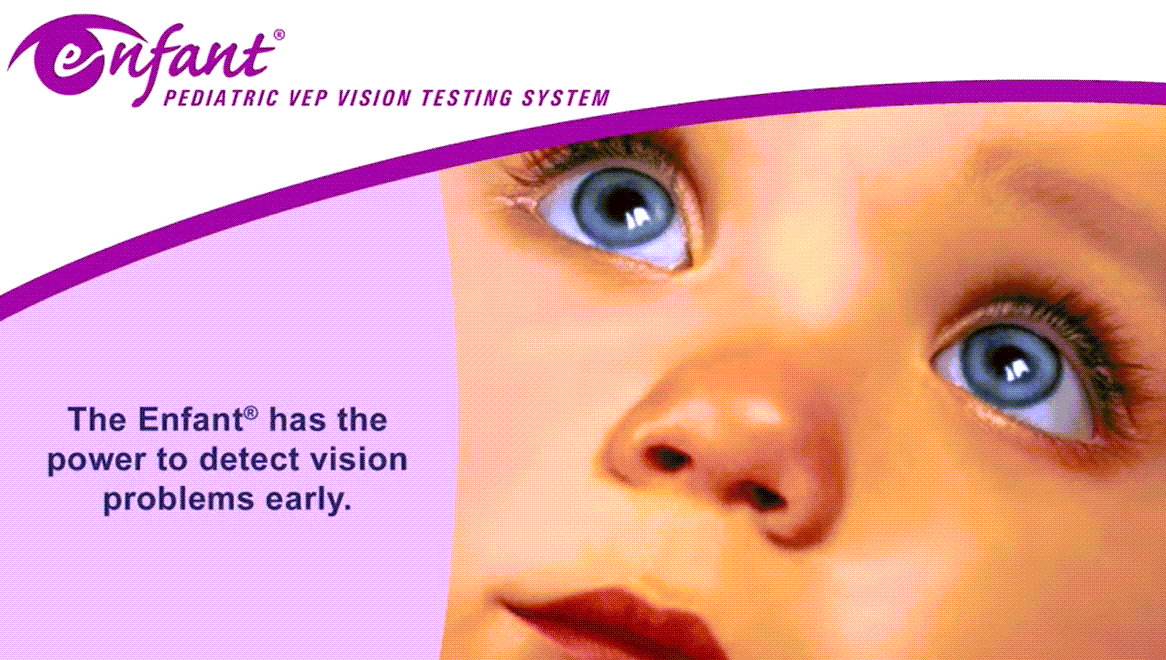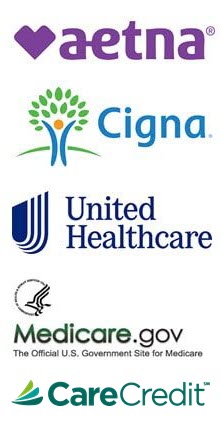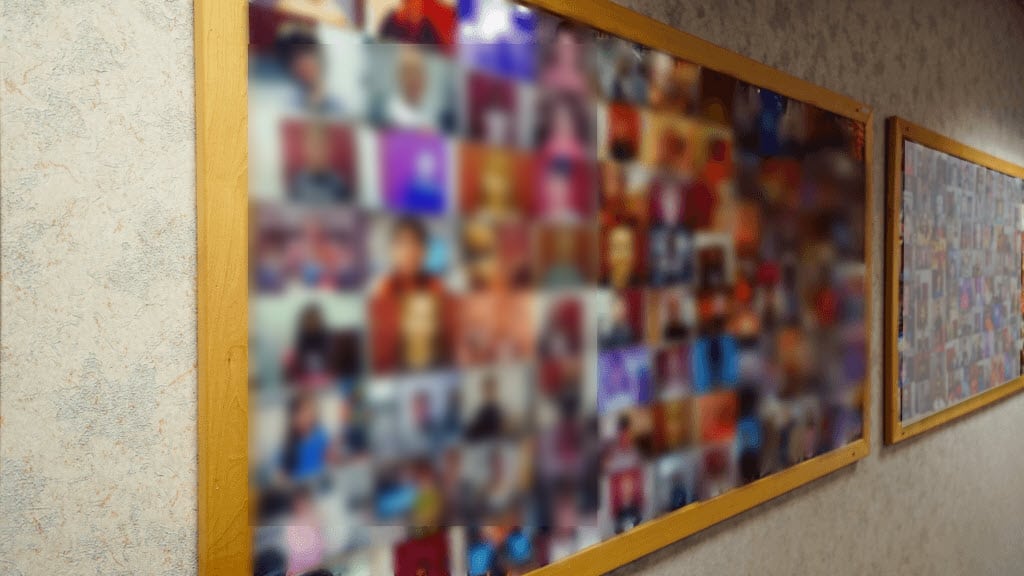Pediatric Eye Exams & Eye Care Overview
Recommended Schedule for Pediatric Eye Exams
According to the American Optometric Association (AOA), you should routinely go to your optometrist to get pediatric eye exams on a regular schedule. Proper eye care starts younger than you might think for children. The AOA recommends that you start bringing your child to the optometrist at around 6 months of age – even if your child isn’t showing any obvious vision difficulties.
Newborn - 2 Years (Six Month Baseline Exam)
Comprehensive Pediatric Eye Exam Process for Babies and Toddlers
1) Your Child's History
2) Testing for Visual Acuity
For more information on this VEP system, click here.
3) Testing for Refraction
4) Binocular Vision and Ocular Motility
If my Child's Vision Seems Fine, do they still need a pediatric eye exam at six months?
Yes.
InfantSEE® - Free Eye Exam for Babies
The most visual development occurs throughout the first year of life for your baby. During this timeframe, babies learn how to move their eyes in various directions, use their eyes in tandem, and how to properly focus on objects and people.
How Long Does an InfantSee® Exam Take
Exams Before Six Months
- You or your spouse’s family has a history of eye disease or other eye-related problems
- Your child was born prior to the expected due date (premature birth)
- Your child is exhibiting signs of eye problems or eye disease
- Your baby’s eyes seem to abnormally work independently from each other with one or both eyes consistently turning in or out
Ages 2-5: At Least One Comprehensive Exam
Comprehensive Pediatric Eye Exams for Preschoolers
The 2 to 5 age range is a bit more interactive than the toddler age group. Dr. Knapp and her team are able to conduct a more detailed exam where your child is an active participant who provides helpful feedback.
1) Your Child's History
2) Testing for Visual Acuity
3) Testing for Refraction
4) Testing for Binocular Vision, Ocular Motility, and Accommodation
The Hirschberg test is also performed at this stage by Dr. Knapp. She will use a light to examine the reflection of light coming off of the cornea in your child’s eye. Ideally, the reflection of the pen light will appear in the same position in both pupils.
5) Color Vision Testing
Be Aware of Two Common Visual Conditions at this age: Strabismus and Amblyopia
Is Your Preschool-Aged Child Struggling with Vision?
Concerning Behaviors
- Squinting to see something (especially when other children aren’t squinting)
- Holding objects very close to their face to see them
- Incessant rubbing of their eyes
- Minimal attention span (when compared to other children of a similar age)
- Hypersensitive to bright light
- The need to cover one eye to see something
- Tilting their head to one side while attempting to focus on an object
- Noticeable lack of eye-hand coordination when the need arises for tasks with fine motor skills
- Unwillingness to participate in activities that require a lot of visual focus and concentration (like drawing and playing with blocks)
Physical Manifestations of Eye Problems
Ages 5+ Annual Comprehensive Eye Exams
Proper eye care is an ongoing process. The AOA recommends annual comprehensive eye exams for school aged children.

A Comprehensive Eye Exam as Part of the Back to School Checklist
Comprehensive Pediatric Eye Exam for School-Aged Kids
1) Your Child's History
2) Testing for Visual Acuity
3) Testing for Refraction
4) Testing for Binocular Vision, Ocular Motility, and Accommodation
5) Color Vision Testing
6) Ocular and Systemic Health Assessment
Is Your School-Aged Child Struggling with Vision?
- Headaches
- Persistent blinking or rubbing of their eyes
- Short attention span
- Double Vision
- One (or both eyes) turning towards the inside or the outside
- Avoidance of reading
- Inability to recall what they just read
- Losing their place while reading
Other signs of problems may be that they adjust their reading environment:
- Holding books very close to their face while reading
- The need to cover one eye while reading
- Tilting their head to the left or right in order to read
Diagnostic Tools
Diopsys Enfant® Pediatric VEP Vision Testing System

The Diopsys Enfant Pediatric VEP Vision Testing System in Action
Amblyopia is the #1 cause of preventable yet permanent vision loss in children in the USA. An estimated 4.5 million adults are legally blind or visually incapacitated due to untreated amblyopia. (Source: The Children’s Eye Foundation).

The VEP Was Able to Detect Retinoblastoma in this 8-month Old Baby – Which Allowed Her Life to Be Saved.
Frequently Asked Questions About Pediatric Eye Exams
At what age should a child have their first vision test?
Children should have their first pediatric eye exam when they reach six months of age - earlier if the child appears to have visual difficulties or a history of vision problems in the family.
What are the most common eye problems in children?
Blurry vision attributable to nearsightedness, farsightedness, and astigmatism are young children's most common eye issues. Less common but more serious eye problems (e.g. amblyopia and strabismus) can occur early and are best treated when a child is young.
How often should kids get their eyes checked?
Your child should get their first pediatric eye exam at six months of age - and sometimes even earlier. They should also have at least one comprehensive eye exam at preschool age. At age 5, they should get an annual comprehensive eye exam.












